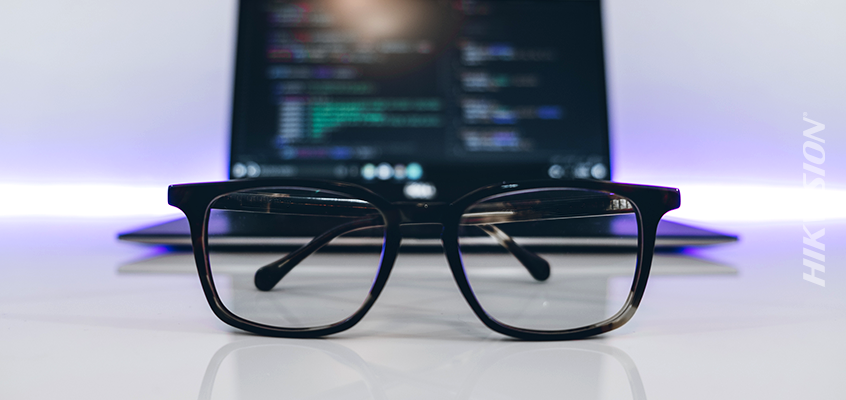Demande des employeurs des États-Unis pour l'expertise de cybersécurité s’accélère
Hikvision accélère ses initiatives en matière de cybersécurité
De nouvelles données de CyberSeek ont montré que la demande des employeurs des États-Unis pour les professionnels de la cybersécurité a augmenté, selon un article dans le magazine de sécurité.
CyberSeek est un partenariat commercial entre CompTIA et Burning Glass technologies, financée par une subvention du NIST (Institut national des normes et de la technologie).
"De plus en plus, les gouvernements et les entreprises travaillent à bâtir une meilleure défense contre les cyberattaques, mais les programmes de formation ne sont tout simplement pas capable de satisfaire la demande à fournir assez de talent spécialisés en cybersécurité pour suivre la demande et de garder les entreprises axées sur les données sûres," a déclaré Matthew Sigelman, PDG de Burning Glass technologies, dans le communiqué de presse de CompTIA.
Selon l'article de Securitymagazine, les données de CyberSeek montrent que le marché de la cybersécurité s'est serré. Avec «5,8 travailleurs salariés pour chaque ouverture d'emploi [cybersécurité] », les employeurs ne peuvent pas acquérir des travailleurs d'autres entreprises. Au lieu de cela, les employeurs doivent former les travailleurs actuels dans la cybersécurité ou chercher de nouvelles personnes pour combler leurs besoins.
« Les efforts déployés pour remédier à la pénurie de travailleurs de la cybersécurité sont en cours sur de nombreux fronts, mais les progrès ont été frustrants. Les menaces sont réelles et croissantes, avec le potentiel d'influer sur les moyens de subsistance de toute organisation. Notre personnel actuel en matière de cybersécurité fait ce qu'il peut pour nous protéger. Il est crucial pour les entreprises du secteur privé et les organismes du secteur public de prendre les mesures nécessaires pour amener plus de personnes dans la main-d'œuvre de la cybersécurité, et de les équiper avec l'éducation, la formation et les certifications appropriées », a déclaré Todd Thibodeaux, Président et chef de la direction de CompTIA, dans l'article.
Hikvision Amérique du Nord a intensifié ses efforts de cybersécurité, étant appelé l'un des «fabricants les plus proactifs» dans le domaine de la sécurité par les ventes de sécurité & Intégration. En plus de créer une équipe de cybersécurité interne en 2017, la société a mis en place une Ligne téléphonique spéciale dédiée a la cybersécurité, qui héberge un centre de cybersécurité en ligne, a ouvert le premier centre de transparence du code source de l'industrie, et organisé des tournées de cybersécurité dans des villes américaines et canadiennes.
Hikvision a récemment annoncé avoir obtenu la certification FIPS 140-1 de niveau 1 du gouvernement fédéral américain, une norme de cryptage créée par le NIST, à utiliser dans les produits de caméra IP et de NVR.

